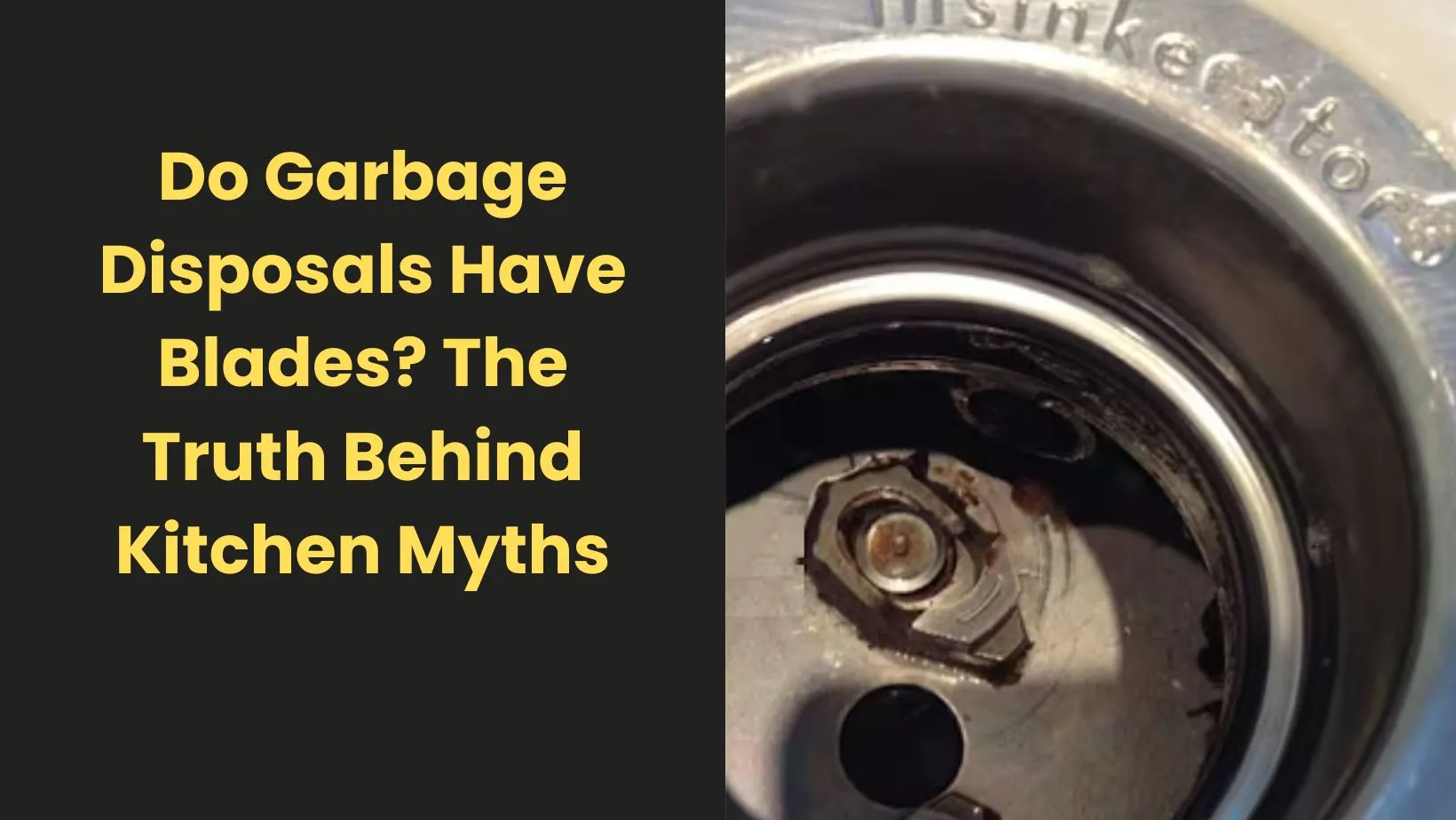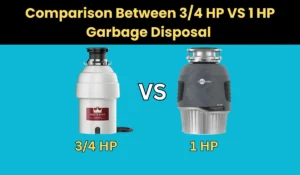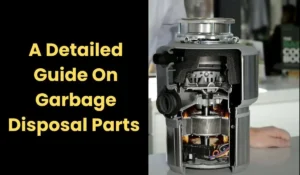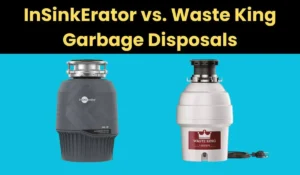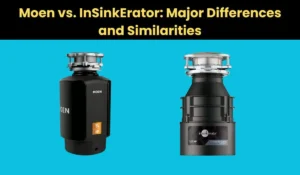Do Garbage Disposals Have Blades? The Truth Behind Kitchen Myths
Imagine you’re standing over your kitchen sink, preparing to drop some food scraps down your garbage disposal, and you hesitate. Are there sharp spinning blades down there ready to chop everything up? Many homeowners share this same uncertainty about how their garbage disposal actually works.
The short answer might surprise you: garbage disposals don’t have traditional blades at all. This common misconception has led to confusion about how these handy kitchen appliances actually function. We’ll explore the real mechanism behind garbage disposals, debunk persistent myths, and share practical maintenance tips to keep your unit running smoothly.
How Garbage Disposals Actually Work
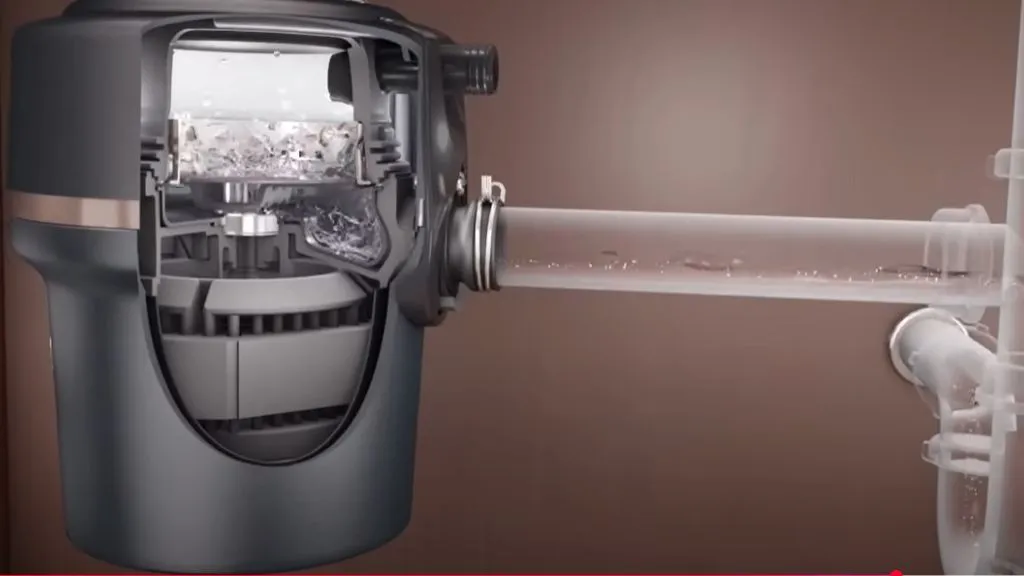
Understanding how your garbage disposal operates starts with knowing what’s really happening inside that grinding chamber beneath your sink. Unlike a blender or food processor, garbage disposals use a completely different approach to break down food waste.
garbage disposal Real Grinding Mechanism
Your garbage disposal contains a spinning metal plate called a flywheel or grinding plate. Mounted on this plate are small metal pieces called impellers, lugs, or grinding lugs. These aren’t sharp blades – they’re blunt, hammer-like projections that extend outward from the spinning plate.
When you turn on your disposal and add food waste, cold water carries the scraps down to the grinding chamber. The motor spins the flywheel at approximately 1,725 revolutions per minute, creating powerful centrifugal force. This force throws the food waste against the stationary grinding ring that lines the inside wall of the grinding chamber.
Centrifugal Force in Action
The magic happens through physics, not sharp edges. As the impellers spin rapidly, they use centrifugal force to fling food particles outward against the grinding ring. This ring contains small holes and rough surfaces that work like a cheese grater, breaking down the food into tiny particles.
The continuous spinning motion and the interaction between the food waste, impellers, and grinding ring effectively pulverizes most organic material into particles small enough to flow through your plumbing system. Water plays a crucial role in this process, helping to flush the ground-up particles down the drain.
Do Garbage Disposals Actually Have Blades?
This question deserves a clear, definitive answer: standard residential garbage disposals do not have traditional sharp blades like you’d find in a blender or food processor. However, the terminology can be confusing because some people use “blades” to describe the impellers or grinding components.
gabage disposal Impeller System Explained
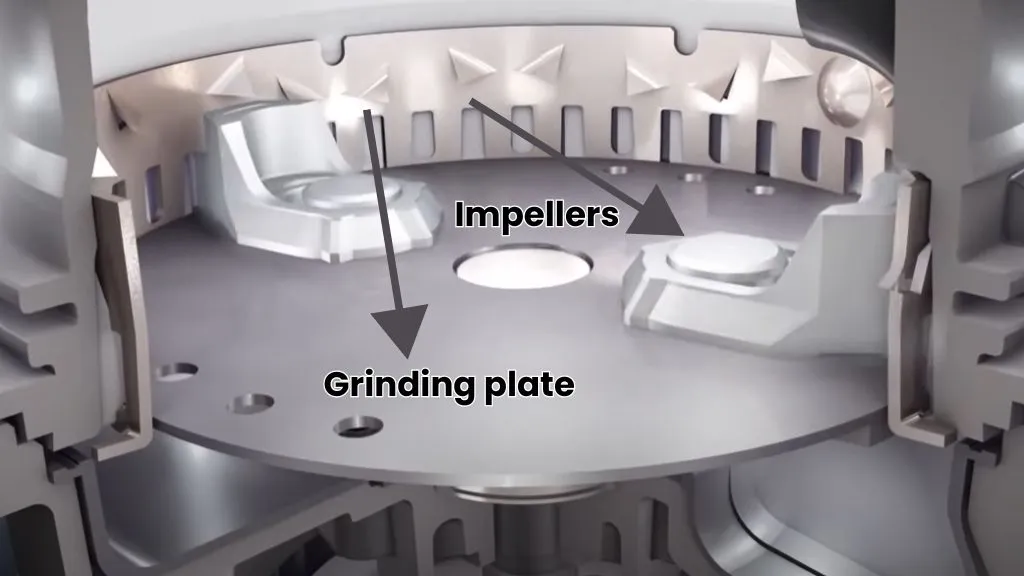
What garbage disposals actually use are shredding impellers – small, blunt metal pieces that rotate with the grinding plate. These impellers aren’t designed to cut food like knife blades would. Instead, they rely on brute force and centrifugal motion to smash food against the grinding ring.
Think of it like a rock tumbler rather than a knife. The impellers act more like small hammers or clubs, pounding and flinging food waste against the abrasive surfaces inside the grinding chamber. This process is surprisingly effective at breaking down most organic kitchen waste.
Why the Confusion Exists
The confusion about garbage disposal “blades” stems from several sources. Marketing materials sometimes use imprecise language, and the grinding process can sound violent enough that people assume sharp blades must be involved. Additionally, some commercial or industrial waste disposal units may use different mechanisms, but these aren’t typical residential models.
The grinding noise your disposal makes also contributes to this misconception. The loud, aggressive sound suggests something sharp and dangerous is spinning inside, when really it’s just the impellers doing their job of smashing food against the grinding ring.
Below is the video demonstrating how a garbage disposal actually works inside:
Common Myths About Garbage Disposals
Several persistent myths surround garbage disposals, many stemming from misunderstandings about how they work. Let’s tackle the most common misconceptions that homeowners believe.
Myth 1: Sharp Blades Will Cut You
This is perhaps the most widespread garbage disposal myth. People worry about reaching into their disposal because they imagine sharp spinning blades waiting to cause injury. While you should never put your hand in any electrical appliance, the impellers in garbage disposals are blunt and pose less risk of cuts than many people imagine.
That said, you should always turn off the power at the circuit breaker before attempting any maintenance or retrieval of items from your disposal. Safety first, regardless of whether there are sharp blades involved.
Myth 2: Ice Sharpens the Blades
You’ve probably heard that grinding ice cubes will sharpen your garbage disposal’s “blades.” Since there aren’t actually any blades to sharpen, this advice is based on a false premise. However, ice can help clean your disposal by knocking food particles loose from the grinding ring and impellers.
The cleaning effect comes from the ice chunks bouncing around inside the grinding chamber, not from any sharpening action. Cold water and ice can help solidify grease and food particles, making them easier to break up and flush away.
Myth 3: All Food Waste Can Go Down the Disposal
Another dangerous myth suggests that garbage disposals can handle any food waste. This misconception has led to countless clogs and expensive repairs. Certain items like grease, bones, fibrous vegetables, and coffee grounds can damage your disposal or clog your pipes.
Understanding that your disposal uses grinding action rather than cutting helps explain why some materials cause problems. Fibrous materials like celery can wrap around the impellers, and grease can solidify and coat the grinding components.
Myth 4: garbage Disposals Don’t Need Maintenance
Some homeowners believe garbage disposals are maintenance-free appliances that can run indefinitely without care. This myth often leads to premature failure and costly repairs. Like any mechanical device, garbage disposals benefit from regular cleaning and proper use.
Regular maintenance helps prevent odors, keeps the grinding components clean, and extends the life of your unit. Simple practices like running cold water during operation and cleaning with ice and citrus peels can make a significant difference.
Maintenance Tips for Your Garbage Disposal
Proper maintenance keeps your garbage disposal working efficiently and extends its lifespan. Since you now understand how impellers and grinding rings work together, these tips will make more sense.
1. Use Cold Water
Always run cold water before, during, and after using your garbage disposal. Cold water helps solidify grease and fat, making them easier for the impellers to break apart. Hot water can melt grease, causing it to coat the grinding components and create clogs downstream.
Feed food waste gradually rather than dumping large amounts at once. This prevents overloading the grinding chamber and ensures the impellers can effectively process everything. Small amounts allow the centrifugal force to work properly.
2. Weekly Clean disposal
Once a week, grind a few ice cubes to help clean the impellers and grinding ring. Follow this with cold water and a handful of coarse salt, which acts as an abrasive to scrub the grinding components clean.
For odor control, grind citrus peels like lemon or orange rinds. The natural oils help freshen your disposal while the fibrous material provides gentle cleaning action. Avoid using harsh chemicals or bleach, which can damage the rubber components.
3. Monthly Deep Cleaning
Perform a monthly deep clean by grinding ice cubes followed by a mixture of baking soda and vinegar. Pour half a cup of baking soda down the disposal, followed by a cup of white vinegar. Let the mixture foam for a few minutes before flushing with cold water.
This natural cleaning method helps remove buildup from the grinding ring and impellers without using harsh chemicals that could damage your plumbing system.
What Never to Put Down Your Disposal
Understanding your disposal’s grinding mechanism helps explain why certain items cause problems:
- Grease and oils: These coat the impellers and grinding ring, reducing effectiveness
- Fibrous vegetables: Items like celery, artichokes, and corn husks can wrap around the impellers
- Bones: Even though impellers are tough, large bones can jam the mechanism
- Coffee grounds: These create a paste that can clog pipes
- Expandable foods: Rice and pasta can swell and create blockages
- Non-food items: Anything that isn’t organic food waste doesn’t belong in your disposal
Further Reading:
how To Fix a Vibrating or Shaking Garbage Disposal
15 Things You Should Not Put Down Your Garbage Disposal
Garbage Disposal Parts
Garbage Disposal vs. Composting: Comparison & Best Practices
Kitchen Sink Only Drains When Garbage Disposal Is On
conclusion
Garbage disposals don’t have traditional sharp blades – they use blunt impellers and centrifugal force to grind food waste against a stationary grinding ring. This grinding mechanism is both effective and safer than many people realize, though proper safety precautions are still essential.
Understanding how your garbage disposal really works helps you use it more effectively and maintain it properly. Remember to run cold water during operation, avoid problematic food items, and perform regular cleaning to keep your disposal functioning optimally.
By debunking these common myths and following proper maintenance practices, you can enjoy the convenience and environmental benefits of your garbage disposal for years to come. The next time someone asks whether garbage disposals have blades, you’ll know the real answer – and you can help spread accurate information about these useful kitchen appliances.
The Author

I’m Muhammad Nabeel Dar, an employee in waste management and the owner of Garbage Waste Disposal with more than four years of experience helping people to control waste and garbage disposals are the best tools to control it. Read more

